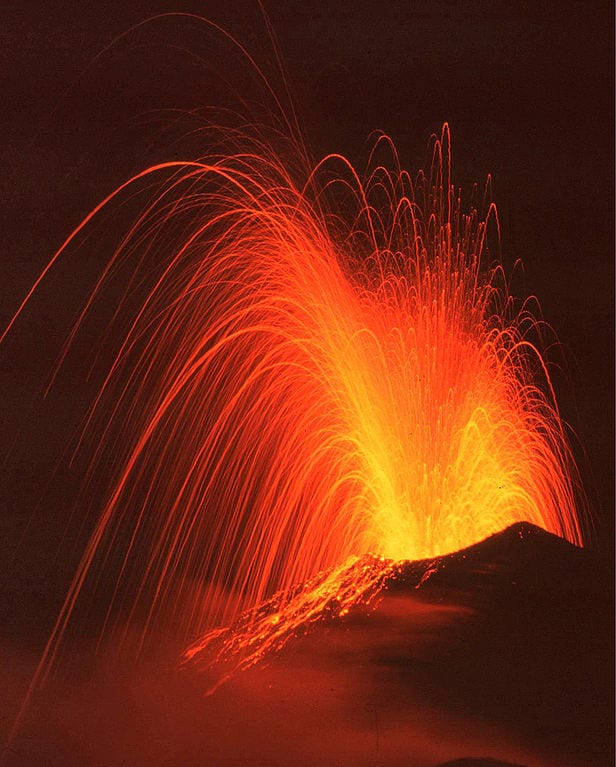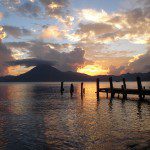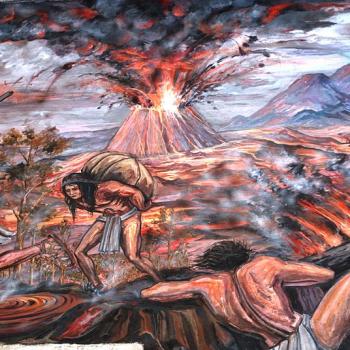
And behold, the rocks were rent in twain; they were broken up upon the face of the whole earth, insomuch that they were found in broken fragments, and in seams and in cracks, upon all the face of the land. (3 Nephi 8:18)
We’re nearing the end, but I’m still working my way through Bart J. Kowallis, “In the Thirty and Fourth Year: A Geologist’s View of the Great Destruction in 3 Nephi,” BYU Studies 37/3 (1997-1998):
Nephi’s description of the effects the cataclysm had on the rocks might at first glance be ascribed to a great earthquake. Certainly during a great quake the earth is rent and broken, and rocks may afterward be found in “seams and cracks” and in “broken fragments.” However, Nephi states that the rocks were found in this manner scattered over the whole face of the land. This is not typical of earthquakes, where the zone of actual breakage of rock is usually fairly narrow and confined, even in the greatest earthquakes. On the other hand, an explosive volcanic eruption commonly produces large quantities of broken and shattered rocks that are frequently scattered over a very wide area. (172)
Deposits of such broken and fragmented rocks are termed pyroclastic by geologists, from the Greek πῦρ (pyr or pur, “fire”) and κλαστός (klastos), meaning “broken in pieces.”
The largest rock fragments ejected by a volcanic eruption usually fall back to earth near their place of origin, and most of them are sand-sized pieces of ash and dust. During the very violent eruption of Italy’s Mount Etna in 1669, however, “huge boulders, some weighing as much as three hundred pounds, were shot several miles through the air” (quoted at 173). “Volcanic bombs over three feet in diameter were thrown over three miles during the 1938 eruption of Asama in central Japan.” During the 1815 eruption of Tambora, fist-sized stones fell up to 25 miles distant from the volcano.
An eyewitness of two successive phases of the 1754 Taal eruption in the Philippines had this to say:
On November 15, it vomited enormous boulders. More intense earthquakes than had been experienced before tottered those houses which still stood. Immense waves of water in the lake threatened the low-lying villages along its shores.
At 7 in the morning of November 28 occurred a new paroxysm, during which the volcano vomited forth such masses of fire and ejecta that in my opinion, all the material ejected during so many months, if taken together, would not equal the quantity which issued at that time. The columns of fire and smoke ascending higher than ever before, increasing every moment in volume, and setting fire to the whole island, there being not the smallest portion of the latter which was not covered by smoke and glowing rocks and ashes. All this was accompanied by terrific lightning and thunder above, and violent shocks of earthquakes underneath. (174)











